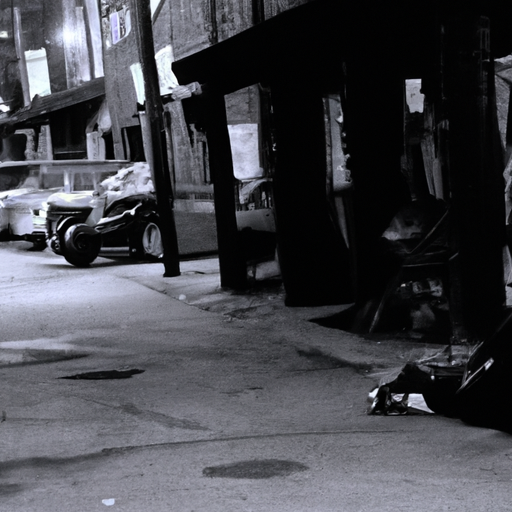Understanding the Impact of the Opioid Crisis on Hamilton, Ontario’s Homeless Population
As the opioid crisis continues its devastating sweep across Canada, it’s crucial to focus on its impact on vulnerable populations, such as the homeless. Recent research has shown Hamilton, Ontario, experiencing increased pressure on its public services and heightened crime rates directly linked to opioids.
The Unspoken Victims of the Opioid Crisis
The homeless population in Hamilton is among the hardest hit by the opioid crisis. The article in Global News, describes the crisis’s devastating effects on this vulnerable demographic. Mortality rates among Hamilton’s homeless population are skyrocketing, reflecting access issues to critical healthcare services and harm reduction strategies.
The Direct Effects of the Opioid Crisis in Hamilton
There has been an alarming rise in opioid-related overdoses resulting in death, forcing a burden on emergency service and healthcare providers. Public health agencies struggle to provide mental health and addiction services necessary to combat the crisis.
Crime Rates on the Rise
The opioid crisis is also inadvertently fuelling criminal activities in Hamilton. There has been a noticeable increase in crime rates, primarily theft, as affected individuals seek funding for their addiction.
Counteractive Measures Against the Opioid Crisis
Despite the severe circumstances, measures are being taken to combat the opioid crisis in Hamilton, Ontario. The Canadian opioid abatement class action is one such noteworthy initiative. It is a legal attempt to hold pharmaceutical companies responsible for their role in sparking the opioid crisis.
Harm Reduction Strategies
Localized harm reduction strategies have also been implemented. An exciting development is the increased distribution of Naloxone kits to reverse the effects of opioid overdose. Despite this, the need for additional resources and collaboration among social service providers and law enforcement agencies in Hamilton remains critical.
The Takeaways
- The homeless population in Hamilton is suffering disproportionately from the opioid crisis, with skyrocketing mortality rates
- The crisis has resulted in increased pressure on healthcare providers and peaked crime rates
- The Canadian opioid abatement class action is seeking to hold pharmaceutical companies accountable for the crisis
- Distribution of Naloxone kits and other harm reduction strategies are being implemented, yet resources are still vastly strained.
Concluding Thoughts
The opioid crisis has cast a long, pervasive shadow across Hamilton. From the heightened homeless mortality rate to the rising crime rates and burdened public services, it is evident that the crisis’s impact is significant and multidimensional. Current efforts such as the Canadian opioid abatement class action and widespread Naloxone distribution highlight a step forward, yet Hamilton’s fight against this devastating opioid crisis is far from over. The situation deserves continued attention, rigorous research, adequate funding, and collaboration among stakeholders to significantly curb this destructive path and protect our most vulnerable citizens.
